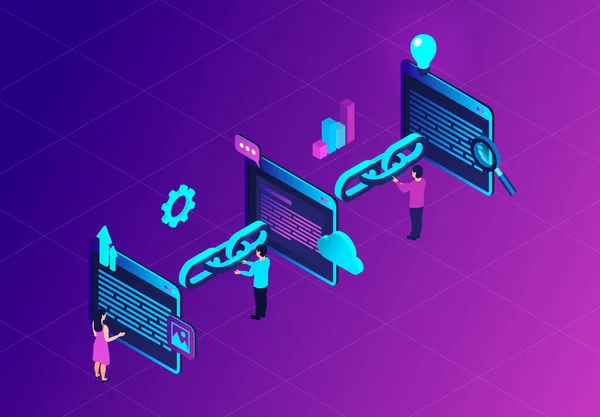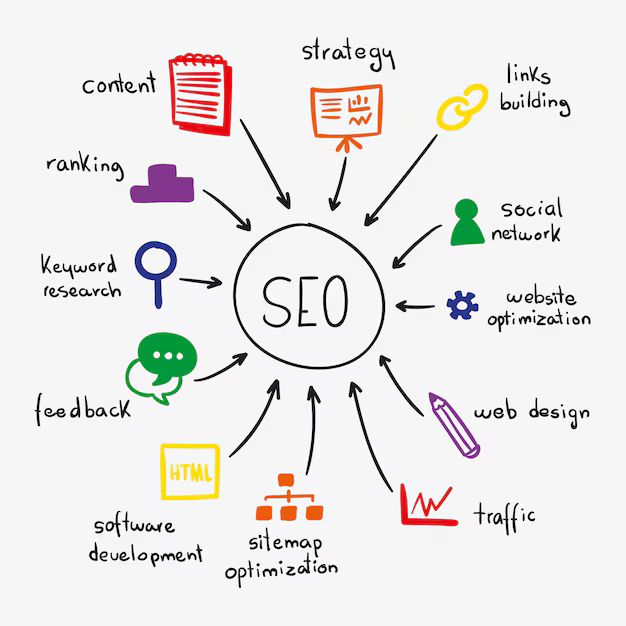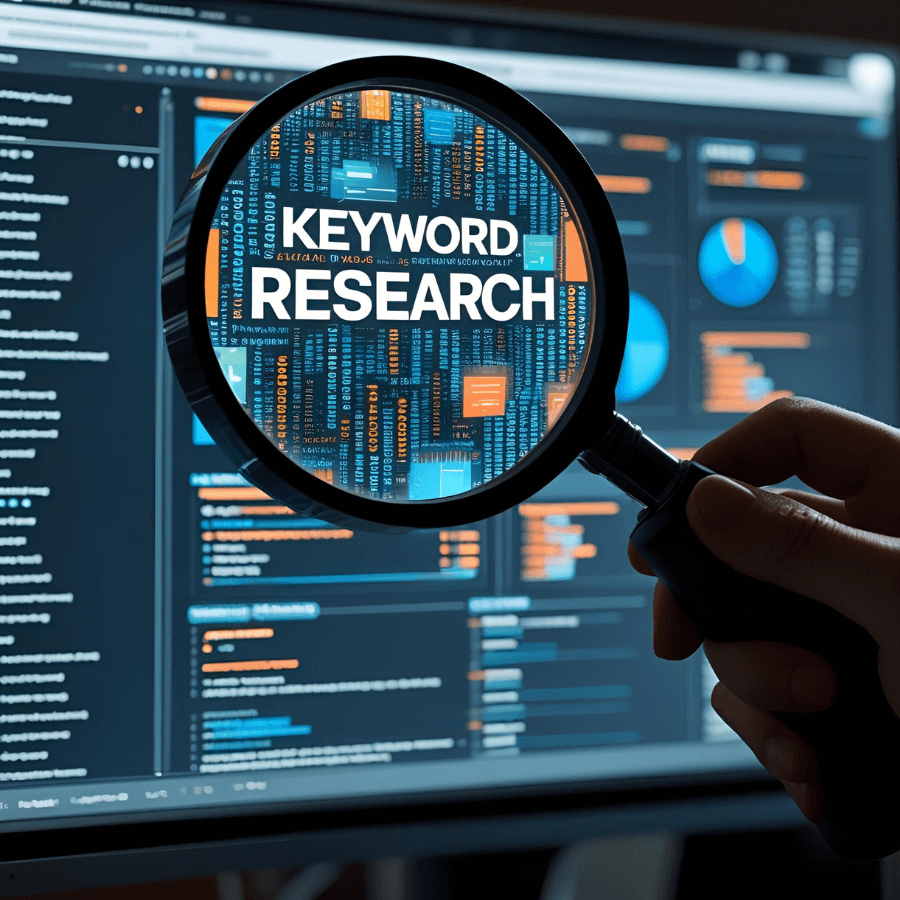What is internal linking in SEO?
Internal linking is a fundamental SEO strategy that connects different pages within your website. It creates a hierarchical structure that helps both users and search engines navigate your content effectively. Proper internal linking distributes page authority throughout your site, enhances user experience, and helps establish content relationships and topic relevance.
Why is internal linking important?
Internal linking is crucial because it helps establish site architecture, distribute page authority, and improve user navigation. By strategically connecting related content, you enhance the user experience while helping search engines understand your site's structure and content hierarchy. This leads to better crawling, indexing, and potentially higher rankings in search results.
What are the best practices for internal linking?
How does internal linking affect SEO performance?
How do I create an effective internal linking strategy?
What are the key benefits of internal linking for websites?
Internal linking strategy encompasses various elements, each designed to enhance your site's structure and user experience. Key aspects include strategic anchor text selection, logical content hierarchy, proper link distribution, contextual relevance, and performance monitoring. Using the right combination of these elements ensures your internal linking effectively supports both SEO and user navigation.
Effective internal linking maintains SEO value through strategic placement, relevant anchor text, and proper link hierarchy. These connections should follow a logical structure that reflects your site's information architecture. They can be optimised based on user behavior metrics and search engine crawl patterns.
Start by auditing your existing content and identifying opportunities for relevant internal links. Create a content hierarchy that reflects your site's structure and main topics. Use descriptive anchor text and ensure links are contextually relevant. Regular monitoring of user behavior and SEO metrics will help optimize your internal linking strategy over time.
Internal linking helps websites improve navigation, distribute page authority, enhance user engagement, and strengthen topical relevance. It can reduce bounce rates, increase page views, and help search engines better understand your content structure. This improved site architecture often leads to better search visibility and user experience.

























